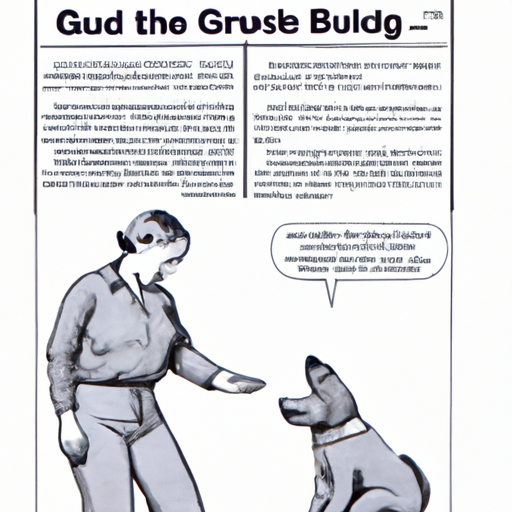As a caregiver, you have a unique, nurturing bond with your pet. This guide will aid you in understanding and eliciting a bark from your dog. We’ll take a deep dive into the world of dog communication, ensuring you understand your furry friend better.
Why Dogs Bark
Dogs bark for a variety of reasons. Barking is their primary mode of communication. It’s vital to understand that each bark carries a distinct message.
- Alert/Alarm Barking: Triggered by sights and sounds, such as strangers approaching or other dogs barking.
- Attention-Seeking Barking: Used when a dog wants something like food, playtime, or your attention.
- Playful Barking: Common during play and can be accompanied by wagging tails and jumping.
- Anxiety Barking: This occurs when a dog feels threatened or anxious.
Teaching a Dog to Bark on Command
Teaching your dog to bark on command can be an essential tool for controlling excessive barking. Here’s how you can do it:
- Find a Trigger: Identify a sound, action, or object that naturally makes your dog bark.
- Add a Verbal Cue: As soon as your dog starts to bark, use a command like “Speak” or “Bark”.
- Reward the Behavior: As soon as your dog barks, give them a treat or a pat on the head.
- Repeat the Process: Over time, your dog will associate the command with barking and the subsequent reward.
Understanding Your Dog’s Bark
Understanding the different types of barks will enable you to assess what your dog is trying to communicate. Here is a table to help you decode your dog’s barks:
| Type of Bark | Possible Meaning |
|---|---|
| Continuous, rapid barking | A perceived threat or an intruder |
| Barking in short, sharp, constant bursts | Playfulness or excitement |
| One or two sharp, short barks | Greeting or surprise |
| Prolonged or incessant barking | Loneliness or distress |
Using Toys to Elicit Barking
Some dogs may bark when excited by toys. Here are some suggestions:
- Tug Toys: Dogs often bark out of excitement during a game of tug-of-war.
- Squeaky Toys: The high-pitched noise can often trigger barking.
- Interactive Toys: Toys that move unpredictably can catch a dog’s attention and stimulate barking.
Dealing with Excessive Barking
While understanding how to make a dog bark is useful, it’s equally important to know how to control excessive barking. Here are some tips:
- Ignore the Barking: Only give your dog attention when they have stopped barking.
- Distract Your Dog: Use toys or commands to redirect their attention.
- Use a Quiet Command: Once your dog understands the ‘bark’ command, teach them the ‘quiet’ command.
- Consult a Professional: If the barking continues, consider seeking help from a professional dog trainer or a vet.
Encouraging a Reluctant Barker
Sometimes, a dog might be reluctant to bark. Here are some ways to encourage them:
- Use a Trigger: Use a trigger that your dog reacts to, such as a doorbell or another dog’s bark.
- Use Excitement: Play with your dog excitedly to stimulate them.
- Be Patient: Some dogs take longer to learn than others. Patience and consistency are key.
FAQ
Q: Can all dogs be taught to bark on command?
A: While most dogs can learn to bark on command, some breeds or individual dogs may be more resistant. Consistent training and patience are crucial.
Q: My dog barks excessively, what can I do?
A: You can try methods like ignoring the barking, distracting your dog, using the ‘quiet’ command, or consult a professional.
Q: Why doesn’t my dog bark?
A: Some dogs may be naturally quieter, or they may not feel the need to bark. If you’re concerned about your dog’s lack of barking, consult a vet.
Q: Can I use a bark collar to control my dog’s barking?
A: Bark collars should be a last resort and used under professional supervision. They can cause distress and anxiety in dogs.
Remember, every dog is unique, and what works for one might not work for another. Understanding your dog’s needs and behaviors is the first step to effective communication. Happy barking!



